The Victorian Teenage Girl Who Entertained Crowds by Overpowering Men
Lulu Hurst’s seemingly supernatural strength made for a compelling night out.
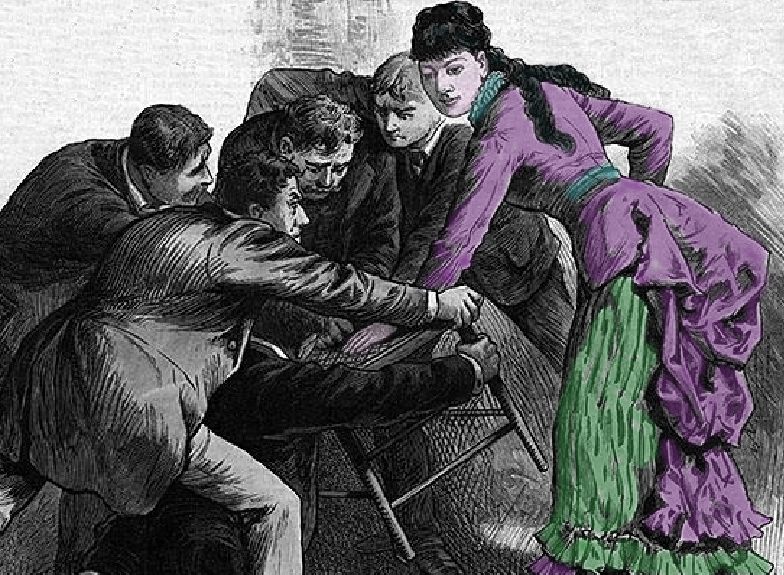
In late 1883, a 15-year-old girl from Polk County, Georgia began a fast climb to national prominence through her exhibitions of a physical strength that appeared to be entirely out of proportion to her willowy frame. She claimed to have gained this seemingly supernatural strength, which she referred to as “the Power,” “the Force” and “the Great Unknown,” during a violent electrical storm.
Within months, Lulu Hurst had progressed from local exhibitions to the vaudeville circuit. Promoted as the “Georgia Wonder” and the “Magnetic Girl,” she soon became a top-billed performer, sometimes earning more in a single show than most Americans made in a year. At a time when the standard vaudeville fare largely consisted of singers, dancers, comedians and the occasional juggler or acrobat—and when women were widely believed to be weak and delicate—the spectacle of a teenage girl apparently hurling stalwart men around the stage made for a diverting evening’s entertainment.
The following description of some of Hurst’s feats is taken from a report by the Augusta Chronicle. The audience and participants in this case were members of the Mercer University faculty, including Dr. A.J. Battle, the president of the University and a Baptist minister:
Professor Battle brought in a new umbrella. Miss Hurst then took the umbrella, and, as she touched it, the article flew about the room, and Professor Battle was forced to release his hold. Miss Hurst then picked up the umbrella and it immediately flew to pieces.
She then took a large stick, Professor Battle, Dr. Brantley, and others endeavoring to hold it; all were necessitated to jump about the room like jumping-jacks. Professor Willet took hold of the stick, but was immediately forced to let loose his hold. Miss Hurst invited all in the room to hold the stick; she could, by her touch, force them all to dance around.
Audiences flocked to see Hurst exhibit these feats, including skeptics who analyzed her act and drew their own conclusions. These had less to do with mysterious electro-magnetic energies and more to do with subtleties of physics and psychology.
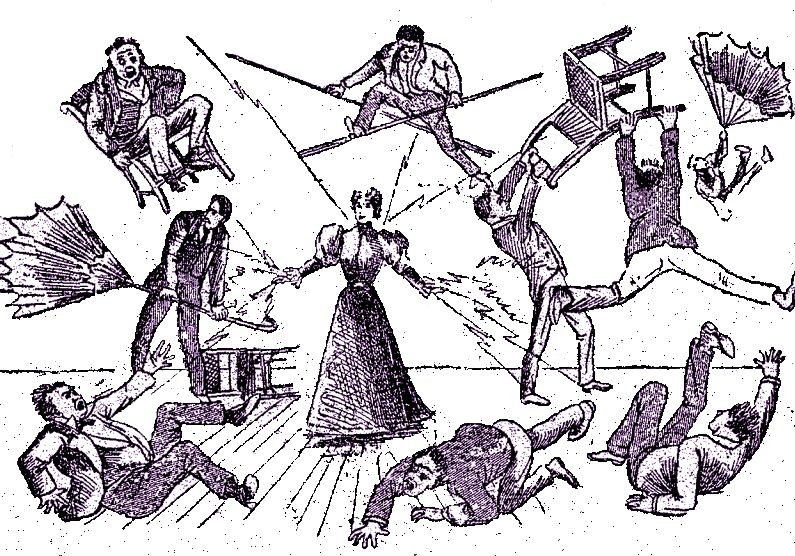
Professor Simon Newcomb’s article for the February 1885 edition of Science thoroughly debunked the Georgia Wonder phenomenon. Newcomb characterized the success of Hurst’s act as “a striking example of the unreliability of human testimony respecting the phenomena of force and motion.”
The “Balance Test,” for example, required Hurst to seemingly resist the strength of one, two or even three large men, all pushing with both hands against a sturdy wooden pole held horizontally, while Hurst herself stood opposite them, one or both hands pressed against the middle of the pole, sometimes even balancing on one foot. Although the men appeared to be throwing all their combined strength and weight into the task, Hurst never budged.
Her secret, Newcomb proposed, lay primarily in the principle of the lever and fulcrum. As Hurst’s opponents were being given their instructions by her manager, she would begin to exert a slight upward pressure against the pole. Meanwhile, the men were told to press forward in an attempt to push Hurst off her balance. As they braced their stances and tensed their muscles, Hurst sustained her upward pressure, invisibly deflecting and redirecting their force.
While it appeared to spectators—and even felt to the men themselves—as if they were truly exerting all their power in trying to push her backwards, in reality they had been tricked into fighting to simply keep the pole level in space. If Hurst suddenly shifted the direction of her pressure, her opponents would stagger off-balance as they strained to co-operate in keeping control of the pole; another shift could send them tumbling around the stage.
Ingenious variations of the same principles explained the rest of her feats with props such as umbrellas and wooden chairs; in each case, Hurst’s opponents were essentially set up to lose, but the set-up and leverage trickery were so artful that only a few astute observers were able to spot them, and fewer still could explain them.
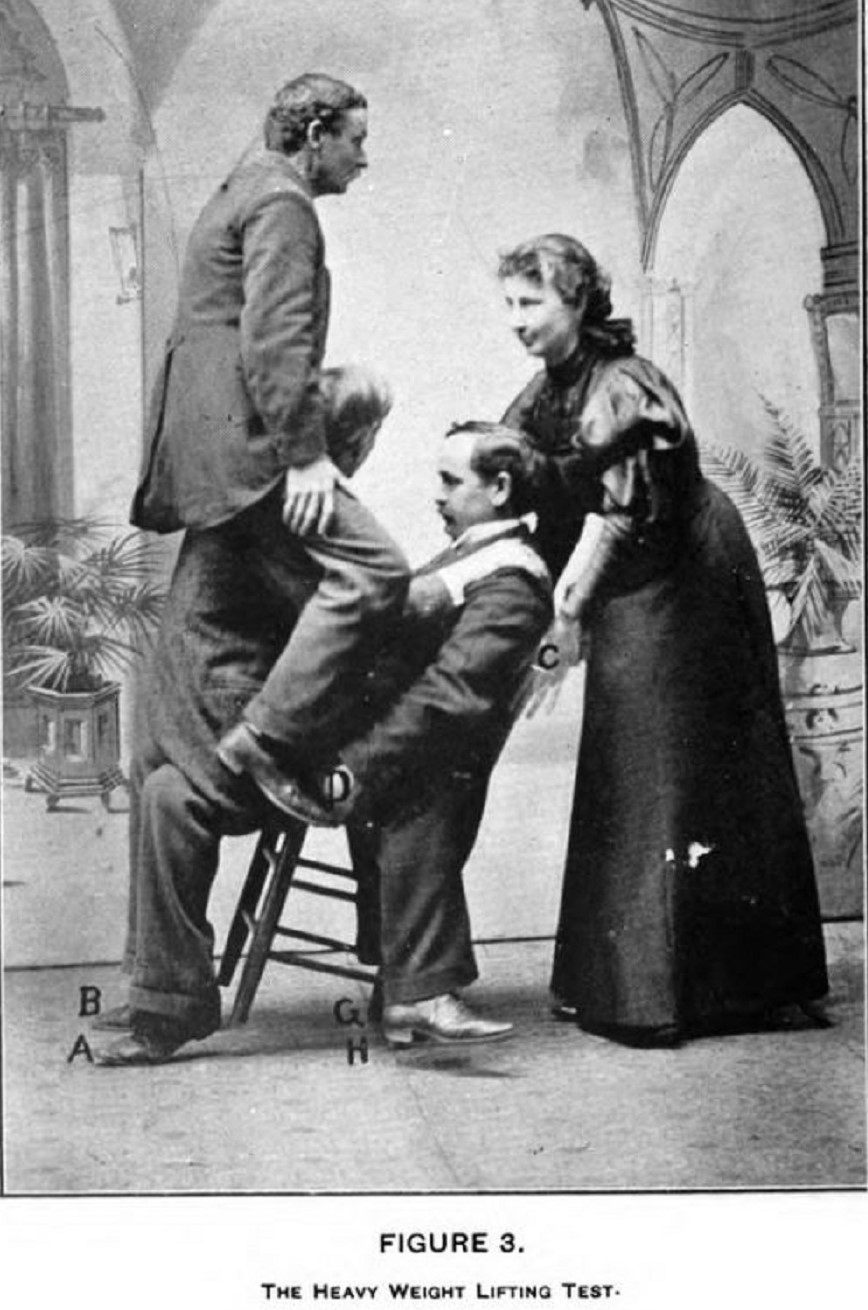
Of course, neither Professor Newcomb’s academic exposé nor the several that followed it received anywhere near the same attention as Hurst’s vaudeville performances. Her audiences were generally more interested in occult spectacle than in science. The Georgia Wonder’s earnings approached the equivalent of one million dollars when, one night in November of 1885, she abruptly announced her retirement.
Perhaps young Hurst was tired of life on the road and simply felt that she’d made enough money. In any case, two years later she had married her former manager and was living a quiet life of relative luxury in Madison, Georgia.
The “Magnet Act” still had the power to attract audiences, however, and it was soon back on the vaudeville circuit, performed by numerous imitators, including Mattie Lee Price, Annie Abbott and (somewhat later) Matilda “Tillie” Tatro. In some cases, the mimics out-shone the original. So it was that, in 1897, Hurst wrote (or at least lent her name to) a best-selling memoir titled Lulu Hurst (The Georgia Wonder) Writes Her Autobiography, and For the First Time Explains and Demonstrates the Great Secret of Her Marvelous Power.
The book positions Hurst as an innocent who’d had no idea how her Great Unknown power worked while she was performing. The first section includes a short autobiography and a description of the mysterious electrical storm, then moves into a city-by-city account of her vaudeville adventures, liberally quoting from newspaper reports about her act.
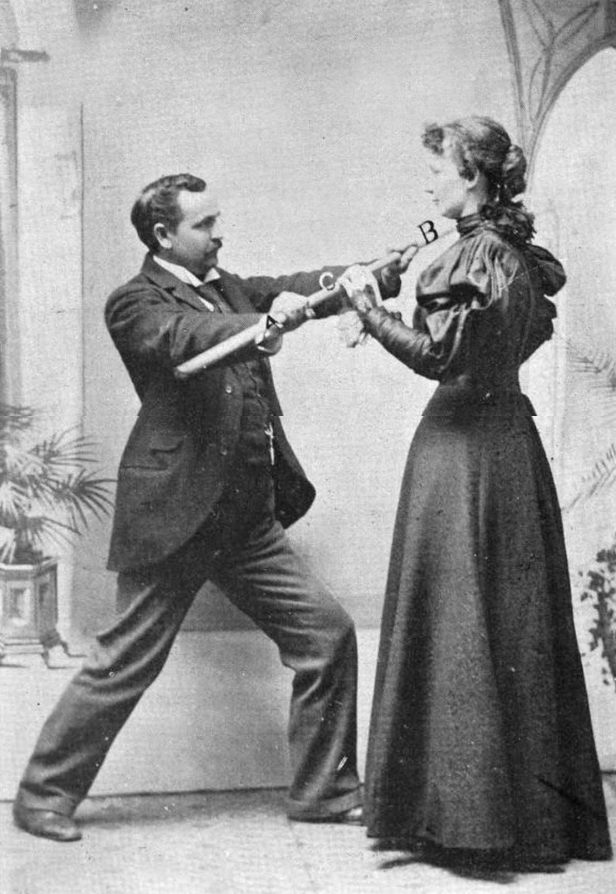
The second section, which was independently copyrighted, explains all her signature feats much as Professor Newcomb’s article had, with the addition of diagrammed photographs showing subtle lines and angles of counter-leverage. These insights, she claimed, had only come to her long after the end of her career as the Georgia Wonder.
It seems unlikely that Hurst really was as naïve about the physical principles of her act as she later professed to have been. Her experience as a professional “mystifier” did, however, grant her a unique perspective on the gullibility of the general public and on the power of the ideomotor effect, which describes the influence of expectation and belief upon muscular action.
Hurst noted that her opponents’ faith in her “supernatural power” often caused them to unconsciously exaggerate the effects of the Great Unknown.
“[This] is, to my mind, a psychological problem of vast importance,” she wrote in her autobiography. “It shows the absolute sway of the imagination over all the faculties and mental and physical powers of the human being, and in this case it illustrates it on such a stupendous scale!”




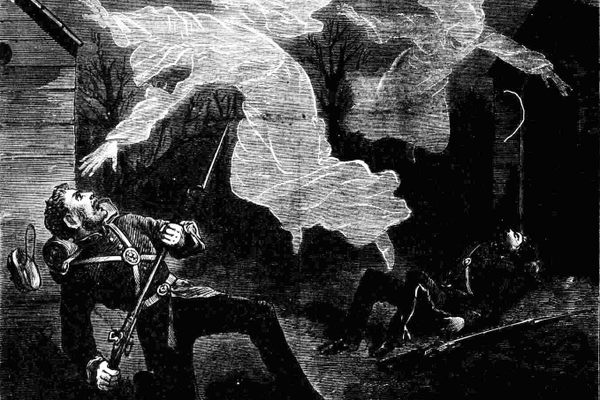

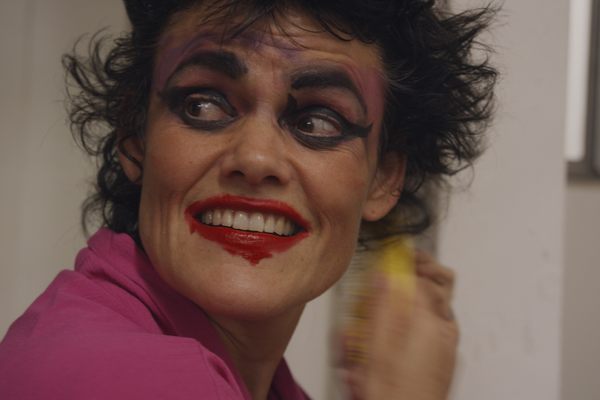












Follow us on Twitter to get the latest on the world's hidden wonders.
Like us on Facebook to get the latest on the world's hidden wonders.
Follow us on Twitter Like us on Facebook